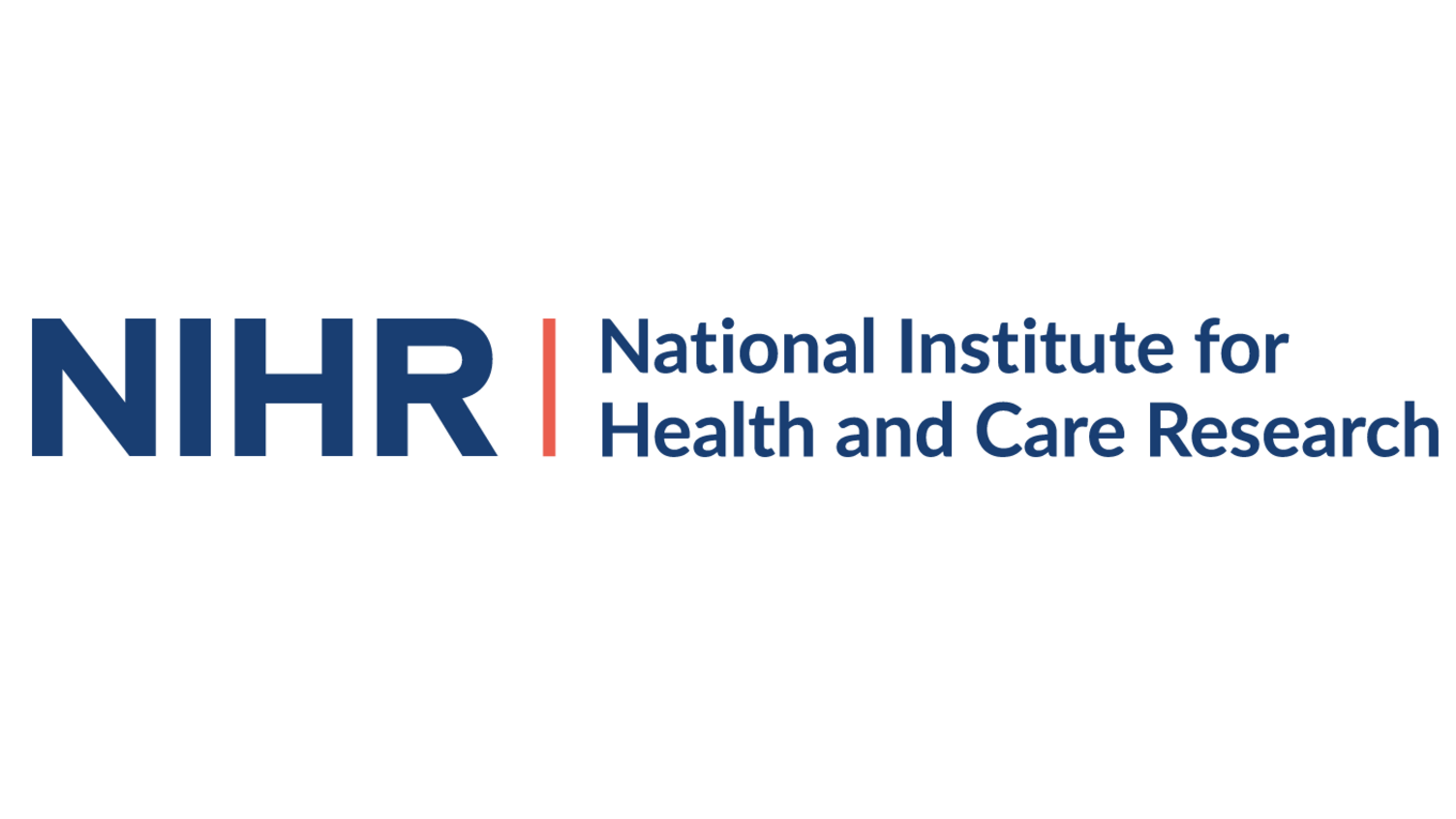Manageable data sets and equal representation from a diverse community
- 13 November 2015
- 4 min read
By Rebecca Sterry - Communications Manager, Autistica
Autistica, as the UK’s largest autism research charity, is leading on the Autism PSP. We launched our consultation in May of this year and have since closed the survey, satisfied that responses adequately represented all key target groups. From the very start we have been aware of our limited capacity as a relatively small charity partnering with some large organisations, and of some very vocal, online communities and conversely some extremely hard to reach groups. The JLA Guidebook and other previous PSP lead organisations have been crucial in order to plan an effective consultation.
Find out how we followed the JLA Guidebook criteria to pull off what we consider a successful gathering of uncertainties.
“Partnerships should use a method which is suited to their membership, resources and infrastructure.”
Managing internal capacity
Given the capacity of the team at Autistica, we had to define the number of responses that we could realistically handle, and also a minimum that we needed to receive before we could close the survey. Speaking to previous JLA lead organisations was key to managing expectations and planning effectively. However we were right to be overly cautious and put aside ample staff time for the project as the first six months required considerable investment on our part. We decided to limit the number of uncertainties respondents could submit to three which allowed respondents some flexibility but kept the data set manageable for the Autistica team.
“PSPs should endeavour to gather their uncertainties from as wide a range of potential contributors as possible”
Representing a diverse spectrum of ability
The autism community is diverse and the steering group highlighted these issues early on. They were aware that whilst there are those individuals with autism that are extremely vocal and proactive, this represents one part of the autism community which at the other end of the spectrum includes individuals with severe learning disabilities, who may not be able to complete a survey or even speak for themselves. By ensuring that a wide range of partners were secured before embarking on the consultation process, we managed to pre-empt this issue, and ensure that family members, carers and clinicians representing the breadth of age and ability were included.
Securing responses from professionals
Again, this came down to securing a good range of partners, especially the royal colleges representing clinicians. Personal contacts rather than cold approaches made the difference here, and the steering group were extremely helpful in using their connections, but these organisations had to run decisions past committees so approaching them early on in the process was essential, as was inviting more than one contact per college to speed up the process.
Monitoring responses
The autism PSP collected basic, yet crucial demographic data on individuals. As over 95 percent of the surveys were completed online, responses were easy to monitor. Target percentages were set out from the start for each main respondent group – parents, individuals and professionals, and prompt emails were sent to partners who were in contact with underrepresented groups. We released figures to these partners to show the lack in this area, which we feel incentivised them to reach out to their stakeholders. Tweets worked well, for example: Lacking responses from GPs & nurses in our @LindAlliance survey https://www.autistica.org.uk/research/top10/survey/ Give your qu's for autism research! @rcgp @theRCN
On closing the final figures were:
1213 people responded
- 23% of respondents were individuals on the autism spectrum
- 52% were family members and caregivers
- 25% were clinicians and professionals.
3,331 total questions submitted
“Communication should be appropriate and accessible with language inclusive for those unfamiliar with medical terminology.”
Accessibility
The testing stage for the survey took longer than expected, but was considered of utmost importance given the sensitivities around the language used in autism communications. Draft surveys were sent to all target groups and individuals with a range of abilities for feedback. As a result a paper and online survey was produced that was as accessible as we could possibly make it. Those needing help to complete it indicated this on the survey and for those who were daunted by the online survey, we accepted email responses. We also directed all respondents to the website to complete the survey rather than just circulating the survey link in isolation, this way the project could be given more context and the process could be explained in simple terms for those wishing to understand the strategic value of the process.
“Ensure patients are as confident and empowered as clinicians to submit questions about treatments.”
Tailoring communications to different target groups
Communicating effectively with partner organisations was important to ensure that they made the consultation understandable and relevant to their stakeholder groups. A communications guide (.PDF) was produced that suggested tweets and newsletter or website copy for different audiences which simplified the process and incentivised those groups to participate. The communications leads in each partner organisation were spoken to ahead of the launch so that it was sure all had been understood the process and this gave us the opportunity to get an idea of how they would plan to communicate the survey. In these initial conversations, groups with large networks were encouraged to start with small-scale promotional activity initially, and calls were booked to discuss scaling this up one month into the launch of the survey should we be struggling to get responses.
We want to take this opportunity to thank our JLA adviser Katherine Cowan, our extremely engaged steering group, and the partner organisations for their contribution so far. We look forward to seeing the long-list that is drawn up from the uncertainties raised in this first stage. If you would like more information on the Autism PSP or get involved, please visit our website. We hope to launch the final Top 10 list in April 2016 around the time of World Autism Awareness Day, so please register for updates if you would like to be the first to hear the results.


